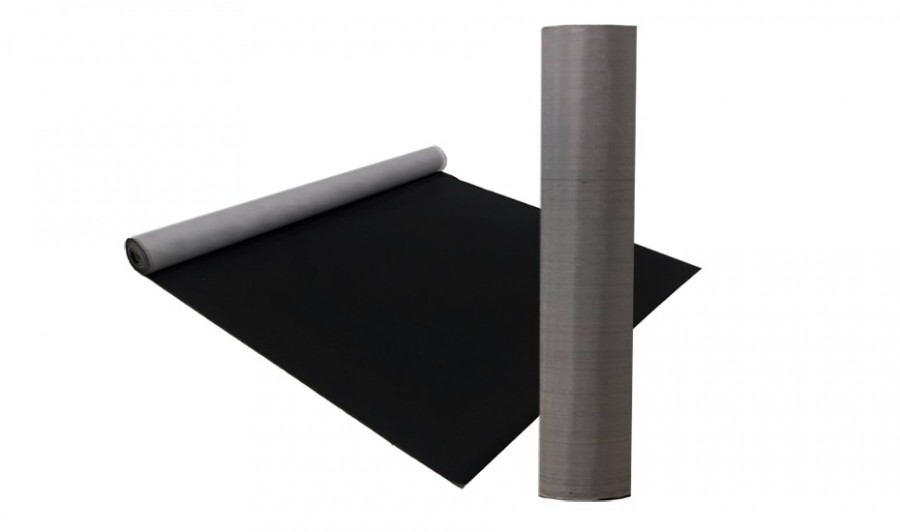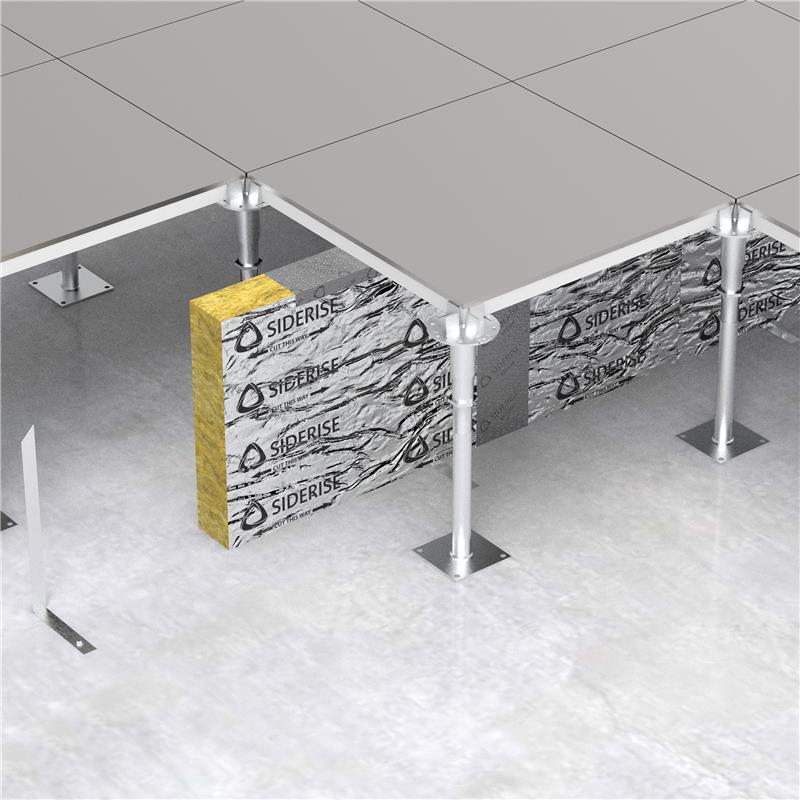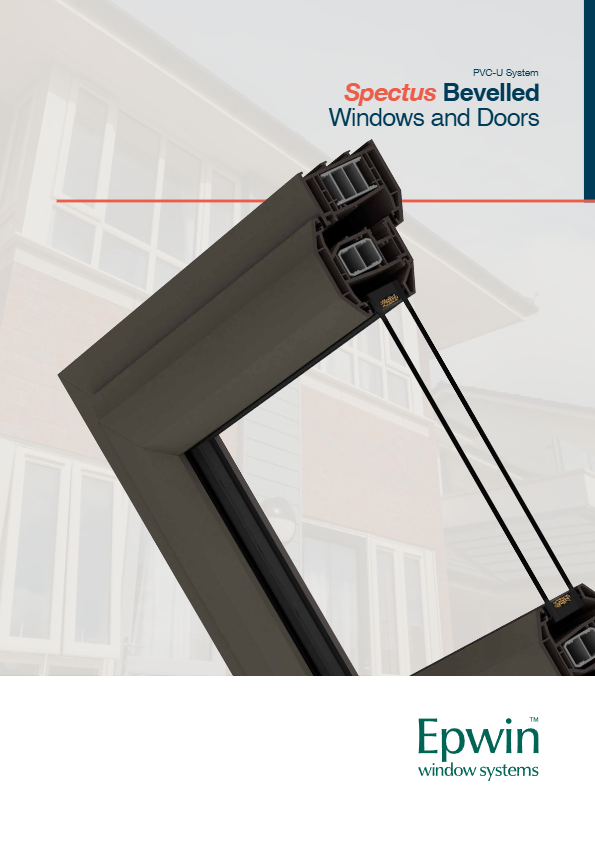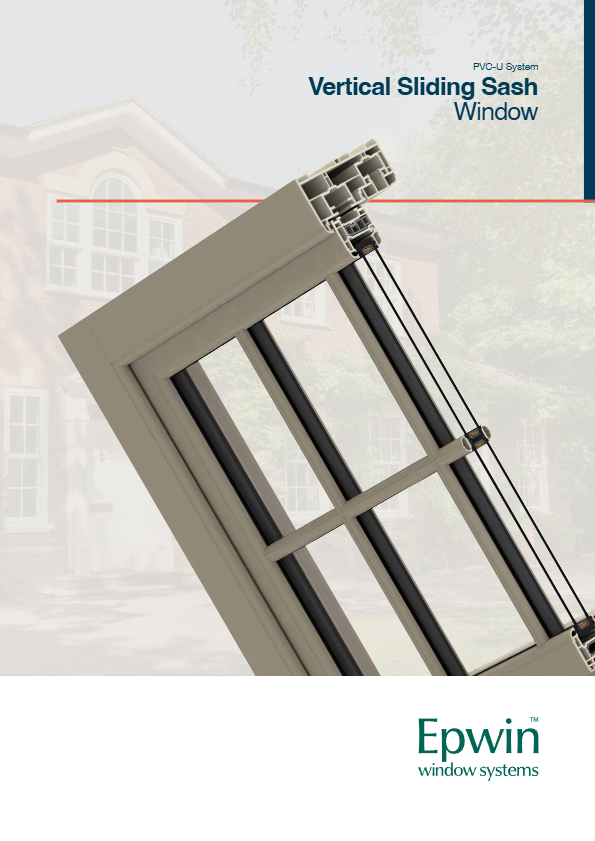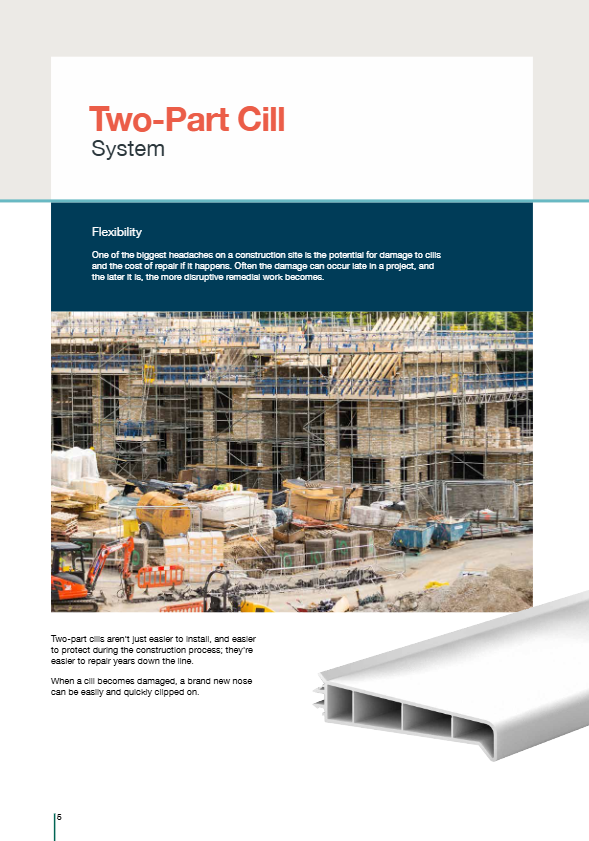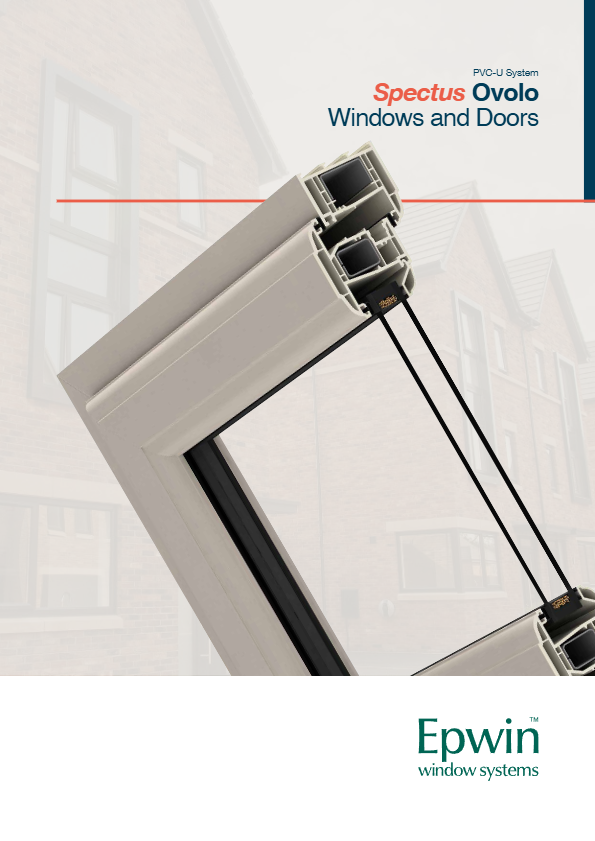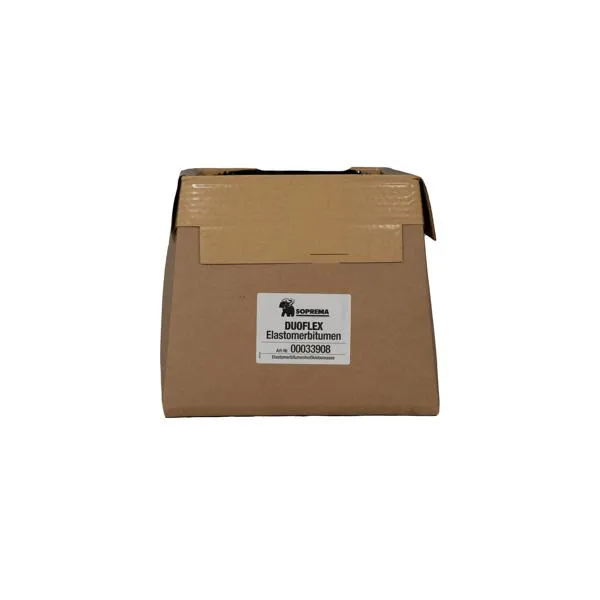The Top Ten Endangered Victorian and Edwardian Buildings list 2024 has been revealed by the Victorian Society's President.
The buildings in the Top Ten are nationally important Grade II* and Grade II listed buildings including one scheduuled monument, in real risk of being lost if action is not taken immediately.
The 2024 list includes a requisitioned school where author Vera Brittain nursed during WWI, the last of one of the world's first purpose-built amusement parks, a banqueting hall for the workers, one of the first tennis pavilions in the world, and a building where the first £1m cheque was signed. Details of each of the listed buildings can be found on the links below.
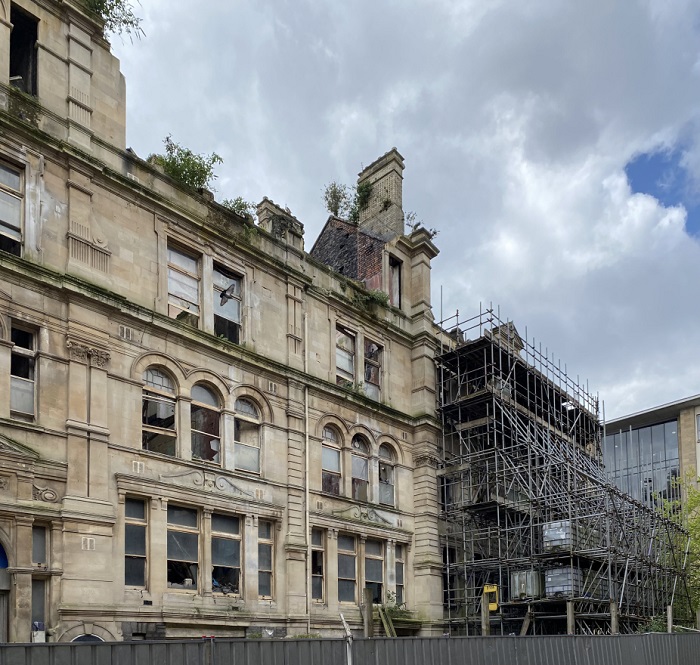
Photo: Cardiff Coal Exchange, Butetown, Cardiff,
Glamorgan. Grade II*, Seward & Thomas, 1884-86
Griff Rhys Jones, Victorian Society President, said: “As always, this sad (but fascinating) list of buildings is a testament to the excitement, variety and invention of the Victorian Age. Nobody should dismiss the 19th-century British for their social and political achievements, or their legacy.
“There is so much to cherish. Here is imagination and delight in a church like St Luke’s. Foresight and genuine social awareness in a sturdy educational building and schools. Wonder in a Newcastle Banqueting Hall. Industry in Smethwick and Cardiff. Even the exuberance of the Kursaal stands as a record of Victorian and advanced industrial legislation that offered paid holidays to ordinary working people.
“But on another level, how extraordinary to see the genius of an architect like Norman Shaw here. How terrifying to see buildings I have known loved or used all my life in Southend and Cardiff in need of rescue. But come on. Look at the character on display here. They all add colour and story to any urban landscape.
“Their restoration and reuse make huge commercial sense. They are attractions in themselves. They are already destinations. They should be part of local pride. What do we want? A parking lot? A faceless block in their place? A slew of new carbon pollution? When they have so much colour, continuity and history on their side already.
“In the middle of a welter of greenwashing and a gush from developers about ‘sustainability’, the only green solution is recycling, the only carbon-neutral approach is retro-fitting. These are ready-made fascinators, waiting for new uses. Too many end up in the hands of owners who hope that deliberate neglect will allow them to demolish them.
“We say ‘get off the pot’. Be imaginative.”
The Victorian Society’s Top 10 Endangered Buildings 2024 (in no particular order):
• Kennington Boys’ School (Cormont Road School), Lambeth. Grade II, Architect: T J Bailey, 1898
• The Kursaal, Southend-on-Sea, Essex. Grade II, Architect: George Sherrin, 1898-99
• Jesmond Dene Banqueting Hall, Newcastle Upon Tyne. Grade II, John Dobson, extended to provide a gatehouse, reception hall and display room, Norman Shaw, 1860-62 and 1869/70
• The former Bramcote Tennis Pavilion, Scarborough, N. Yorkshire. Grade II Architect: John Hall, 1885
• St Luke’s Chapel, Nottingham City Hospital, Nottinghamshire. Grade II, Architect: Arthur Marshall, 1902
• St Martins (formerly Roslyn Hoe), Ilfracombe, Devon. Grade II Architect: WM Robbins of Ilfracombe,1880
• Chances Glassworks, Smethwick, Sandwell. Scheduled Monument, comprising nine Grade II structures, Architect: Unknown, 1847 - 60
• St Agnes’ Vicarage and Hall, Liverpool, Merseyside. Vicarage Grade II* and Hall Grade II. Architect: Norman Shaw, 1887
• Former Education Dept Offices, Derby, Derbyshire. Grade II, Architect: Giles & Brookhouse, 1871
• Cardiff Coal Exchange, Butetown, Glamorgan. Grade II*. Architect: Seward & Thomas, 1884-86
James Hughes, Victorian Society Director, said: “As in previous years, the 2024 list is one that showcases the extraordinary diversity, interest and quality of Victorian and Edwardian architecture across England and Wales. However, it is one that again highlights the ongoing threat that many face, even buildings of genuinely national importance.
“Two buildings here have appeared in previous editions of this list, highlighting both their chronic difficulties and their ever more acute need for intervention; and the fact that three of the ten buildings are owned by local authorities is arguably a manifestation of increasingly restrictive Council budgets. But irrespective of their precise circumstances – and those of their owners – all these buildings are united in being important and endangered, and it is imperative that means are found to ensure their short-term survival and to secure their long-term and appropriate reuse.”
The list is based on public nominations from across England and Wales, and the buildings selected represent industrial, religious, domestic, and civic architecture from across the nation with unique historical and community significance and value. Nominated buildings must be dated between 1837 and 1914.
“There is a great deal of significance in buildings that aren’t always the most visually appealing - and nowhere is this more the case than in the Black Country, the heart of the Industrial Revolution,” said Professor of Planning Peter Larkham, from BCU’s School of Engineering and the Built Environment.
“Many of these interesting sites have been overlooked by formal protection schemes, such as ‘Listed’ status, but they have huge local significance, sometimes with generations of families working in the same factories or being a part of the local landscape.
“Having ‘endangered’ status can be a first step in protecting buildings from neglect and demolition as it generates wider interest, something that was seen with the Moseley Road Baths in Birmingham.
“You can still see the legacy of the company that ran Chance Glassworks, Chance Brothers, today. Their glassworks glazed the Crystal Palace, Houses of Parliament and even Big Ben’s clock faces.
“The history of this building, both locally and nationally, is one worth saving and adapting to meet the needs of the local population.”








